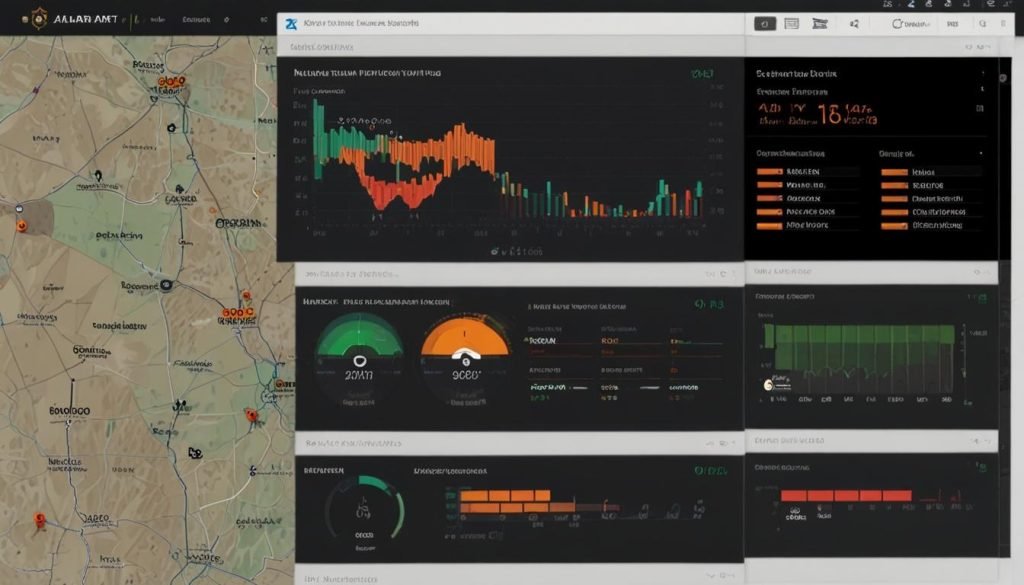The U.S. Army introduces ‘Recruit 360’, an AI-driven recruitment strategy, to better connect with potential recruits and meet its targets following years of shortfalls.
Army Implements AI-Driven Strategies to Enhance Recruitment Amid Rising Challenges
The U.S. Army is set to overhaul its recruitment approach with the introduction of advanced artificial intelligence technology, known as “Recruit 360,” as it strives to meet recruitment targets that have been missed over the past several years. This move is part of a broader initiative aimed at revitalising the Army’s struggling recruitment efforts.
In a presentation at the Association of the U.S. Army on Tuesday, Major General Johnny Davis, head of Army Recruiting Command, and Brigadier General Antoinette Gant, chief of the Army Enterprise Marketing Office, detailed the significant changes in the Army’s recruitment strategy over the past year.
One of the most notable developments is the deployment of AI-driven software. Approximately two months ago, the Army began utilising this technology to evaluate 30 million potential applicant profiles. The software uses 1,700 variables to predict an individual’s propensity to serve. “Recruit 360 provides a more refined prospective applicant list to a recruiter based on artificial intelligence,” Davis explained. “It’s changing the way we do business and the way our recruiters connect.”
This AI-driven recruitment approach is currently being tested in five undisclosed cities, marking a shift in how the Army targets and interacts with prospective recruits.
The push for innovation comes after consecutive years of unmet recruitment goals. In fiscal year 2022, the Army enlisted 44,901 new soldiers, missing its target of 60,000 recruits. The following year saw an improvement to 54,000 recruits, yet still fell short by 11,000 from the desired 65,000. In April, Army Secretary Christine Wormuth reported progress, noting that the Army was on track to meet a revised target of 55,000 recruits for the current year.
During the event on Wednesday, Maj. Gen. Davis refrained from discussing the latest recruitment figures, indicating that an announcement from the Secretary was forthcoming.
Recognising the evolving demographics and shifting interests of potential recruits, the Army has adopted several new strategies. Brig. Gen. Gant highlighted the notable shift towards recruiting older, nontraditional candidates, partly driven by a decline in the population of 18- to 20-year-olds. The average age of recent enlistees has risen to 22 years, with 14% of new soldiers falling into this age category.
To adapt, Army recruiters are now focusing their efforts on community colleges, online platforms, and workplaces where individuals might seek to enhance their career prospects through Army training. This includes modernising their online presence. In May, the Army launched an upgraded version of the GoArmy.com website, now hosted on the cloud, providing a more user-friendly experience. Prospective recruits can now text or email inquiries and receive prompt responses, fostering a more efficient communication channel.
Further initiatives to bolster recruitment include the graduation of the first cohort of dedicated recruiting warrant officers, with a second cohort currently in training and a third being selected. Earlier this year, the Army briefly introduced a $5,000 bonus for soldiers volunteering for recruiting duties, which, although no longer available, led to a substantial increase in volunteer numbers.
Another notable effort is the new soldier referral program, which encourages newly enlisted soldiers to refer friends. Over 16 months, this program generated 75,000 referrals, resulting in 5,000 new recruits. In addition, nearly 500 first-term lieutenants have been sent to recruiting stations to provide first-hand insights to potential officer candidates.
The Army’s systematic approach also includes a dashboard for recruiting battalion commanders and sergeants major. This tool allows leaders to monitor performance metrics across different locations, facilitating better resource allocation and strategic decision-making.
These efforts collectively represent the Army’s commitment to adapting its recruitment strategies to current market conditions and technological advancements, aiming to achieve its recruitment goals and maintain a robust force.
Source: Noah Wire Services


